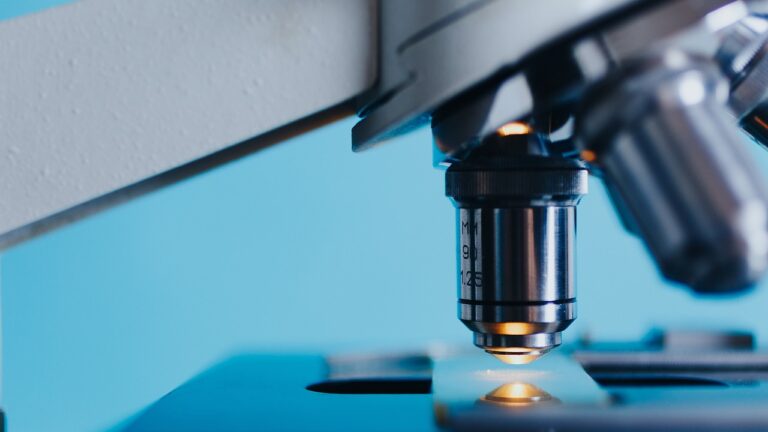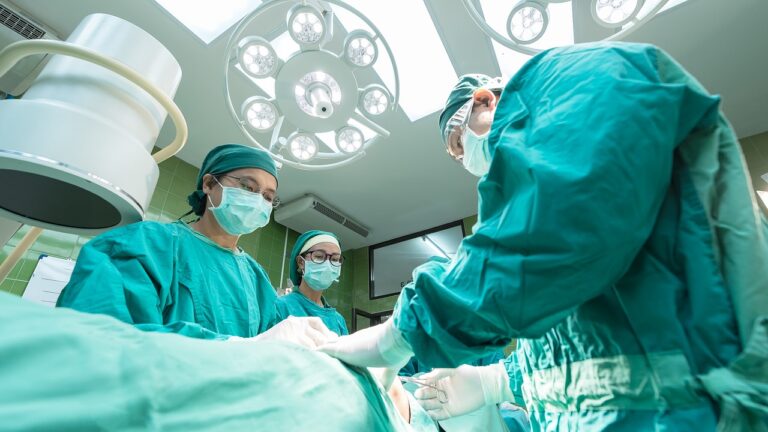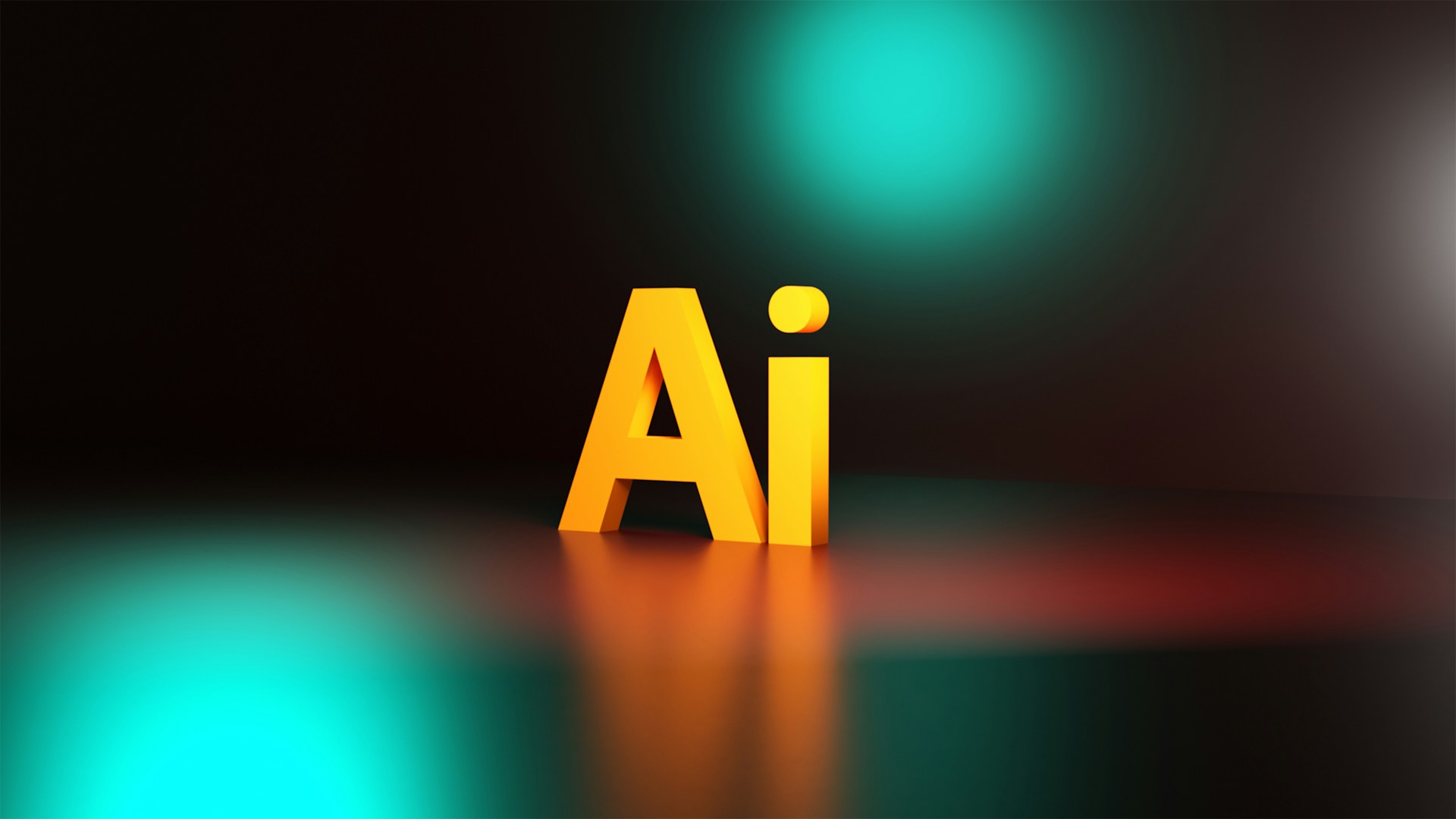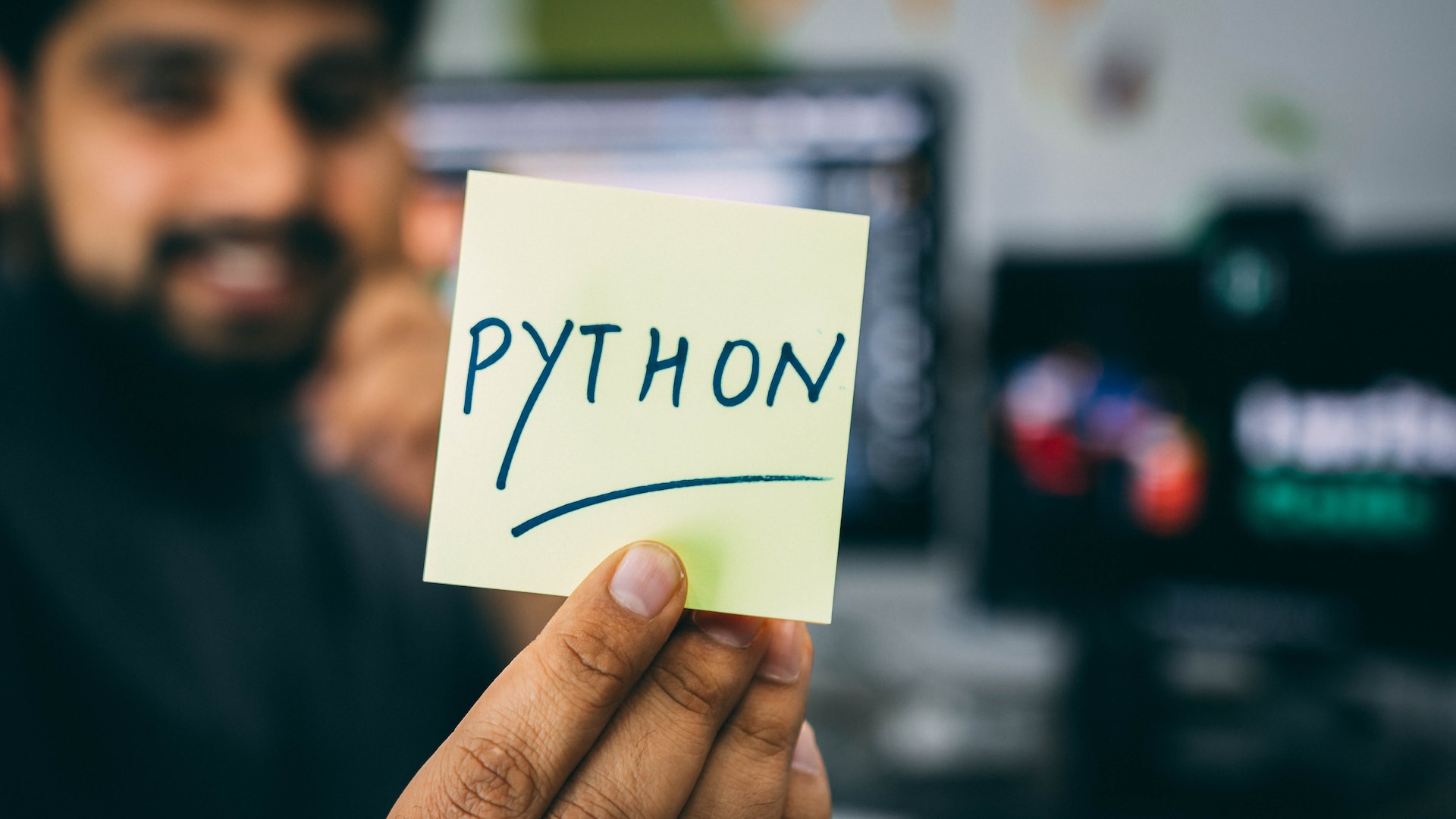Introduction
TensorFlow is one of the most popular frameworks for machine learning and deep learning tasks. It provides a comprehensive ecosystem for developing and deploying machine learning models, including tools for training, evaluation, and deployment. One common application of TensorFlow is object detection, where the goal is to identify and localize objects within an image or a video. In this article, we’ll explore how to set up TensorFlow for object detection in Python.
What is Object Detection?
Object detection is a computer vision task that involves identifying and localizing objects within an image or a video. Unlike image classification, which only predicts the category of the entire image, object detection provides bounding boxes around each detected object along with their corresponding class labels. This capability is essential for various applications, including autonomous vehicles, surveillance systems, and image understanding.
TensorFlow for Object Detection
TensorFlow provides several tools and resources for building object detection models. One of the most widely used approaches is the TensorFlow Object Detection API, which offers pre-trained models and tools for training custom models on new datasets. Setting up TensorFlow for object detection involves several steps, including installation, model selection, and dataset preparation. Let’s dive into each of these steps in detail.
Step 1: Installation
Before we can start working with TensorFlow and the Object Detection API, we need to install the necessary dependencies. The recommended way to install TensorFlow and the Object Detection API is via pip, the Python package manager. Open your terminal or command prompt and execute the following commands:
pip install tensorflow
pip install tensorflow-object-detection-apiThis will install the required TensorFlow package along with the Object Detection API.
Step 2: Download Pre-trained Model
Next, we need to download a pre-trained object detection model. TensorFlow provides several pre-trained models trained on the COCO dataset, which contains a large number of common objects across various categories. You can choose the model that best suits your requirements based on factors such as speed, accuracy, and resource constraints.
To download a pre-trained model, navigate to the TensorFlow Model Zoo and select a model from the list. Each model comes with its own set of trade-offs, so be sure to read the documentation to understand the characteristics of each model.
Once you’ve chosen a model, download the corresponding checkpoint and configuration files. These files contain the pre-trained weights and model configuration, which we’ll use to perform object detection.
Step 3: Prepare Dataset
- Leveraging Artificial Intelligence: Transforming the Paradigms of Healthcare and Sick Treatments
- Detecting Cancer with AI: Revolutionizing Diagnosis Speed
- A Deep Dive into its Applications in Medical and Military Sectors
- How to Develop a Robot for Forex Auto Trading
- Exploring Python Libraries
To train a custom object detection model or evaluate the performance of a pre-trained model on a specific dataset, you need to prepare the dataset accordingly. The dataset should include annotated images with bounding boxes around the objects of interest along with their corresponding class labels.
There are several annotation tools available to help you create annotated datasets, such as LabelImg, VOTT (Visual Object Tagging Tool), and LabelMe. Choose a tool that best fits your workflow and annotate your images accordingly.
Once you have your annotated dataset ready, split it into training, validation, and testing sets. It’s essential to have a balanced distribution of images across different classes in each set to ensure the model learns effectively.
Step 4: Configure Model
Before we can use the pre-trained model for object detection, we need to configure it according to our requirements. This involves modifying the model configuration file to specify the number of classes in our dataset and other hyperparameters.
Open the model configuration file using a text editor and update the following fields:
num_classes: Set this to the number of classes in your dataset, including the background class.input_path: Update this field to point to the location of your pre-trained checkpoint file.label_map_path: Specify the path to the label map file, which maps class indices to class names.batch_size: Adjust the batch size based on your hardware constraints and dataset size.fine_tune_checkpoint: Set this to the path of the pre-trained checkpoint file you downloaded earlier.
Save the modified configuration file, and we’re ready to perform object detection.
Step 5: Perform Object Detection
With everything set up, we can now perform object detection using the pre-trained model. TensorFlow provides scripts and utilities for running inference on images and videos using the Object Detection API.
To perform object detection on an image, you can use the object_detection_tutorial.ipynb notebook provided in the Object Detection API repository. This notebook demonstrates how to load the pre-trained model, process images, and visualize the detected objects.
Alternatively, you can use the TensorFlow Object Detection API directly in your Python code. Here’s a simple example of how to perform object detection on an image:
import tensorflow as tf
from object_detection.utils import label_map_util
from object_detection.utils import visualization_utils as viz_utils
import cv2
# Load model
model_path = 'path/to/saved_model'
detect_fn = tf.saved_model.load(model_path)
# Load label map
label_map_path = 'path/to/label_map.pbtxt'
category_index = label_map_util.create_category_index_from_labelmap(label_map_path, use_display_name=True)
# Perform object detection on image
image_path = 'path/to/image.jpg'
image_np = cv2.imread(image_path)
input_tensor = tf.convert_to_tensor(image_np)
input_tensor = input_tensor[tf.newaxis, ...]
detections = detect_fn(input_tensor)
# Visualize detections
viz_utils.visualize_boxes_and_labels_on_image_array(
image_np,
detections['detection_boxes'][0].numpy(),
detections['detection_classes'][0].numpy().astype(int),
detections['detection_scores'][0].numpy(),
category_index,
use_normalized_coordinates=True,
max_boxes_to_draw=200,
min_score_thresh=.30,
agnostic_mode=False)
# Display the resulting image
cv2.imshow('Object Detection', cv2.resize(image_np, (800, 600)))
cv2.waitKey(0)
cv2.destroyAllWindows()This code loads the pre-trained model, performs object detection on an image, and visualizes the detected objects using bounding boxes and class labels.
Conclusion
In this article, we’ve covered the steps involved in setting up TensorFlow for object detection in Python. From installation to performing inference, we’ve explored the key aspects of working with the TensorFlow Object Detection API. Object detection is a powerful technique with numerous applications in various domains, and TensorFlow provides the tools and resources to develop and deploy state-of-the-art object detection models. Whether you’re a beginner or an experienced practitioner, TensorFlow offers a comprehensive framework for building cutting-edge computer vision applications.
-
Leveraging Artificial Intelligence: Transforming the Paradigms of Healthcare and Sick Treatments

Introduction As we stand at the crossroads of the digital revolution, artificial intelligence (AI) emerges as a groundbreaking innovation steering global change. It has surged as a transformative force across all business verticals, actively redefining norms and guidelines across multiple sectors, with healthcare being at the forefront. AI has played a pivotal role in ushering…
-
Detecting Cancer with AI: Revolutionizing Diagnosis Speed

Introduction Cancer, a formidable adversary in the realm of human health, has long challenged medical science with its complexity and diversity. Early detection remains one of the most critical factors in successfully treating cancer and improving patient outcomes. With the advent of artificial intelligence (AI), there has been a revolutionary shift in the landscape of…
-
A Deep Dive into its Applications in Medical and Military Sectors

Introduction Object detection, a critical component of computer vision, has seen remarkable advancements in recent years, thanks to breakthroughs in deep learning algorithms and the availability of large-scale datasets. This technology, which enables machines to identify and locate objects within images or video frames, holds immense potential across various domains, including medicine and military applications.…
